I thought it would be easy to explore more eco-friendly ways of eating at home. Yet sometimes the simplest things can turn out to be the hardest. I saw that also with the week when we looked at how to become more eco-friendly with electricity. It was much harder than I thought. Here are the seven actions related how to become more eco-friendly with eating at home that we tried out and found challenging:
Cloth napkins
One thing that had bothered me for a while was the fact that we used paper napkins at meals. And with the little ones still eating in a messy way, it meant quite a lot of paper. Indeed, we bought recycled paper products. However, you can only recycle paper certain number of times—something I learned more about when we explored how to save paper at home. So I decided to try out cloth napkins.
First, I aimed high – linen or organic cotton, both eco-friendly clothes options. Yet the ones I found were way too light-coloured for my far-from-tidy boys, who love pasta with tomato sauce. Rick, the youngest one, still often puts his fork aside and tries to pick up pasta from his plate with his fingers! So, I knew that the only napkins that would suit us at this time needed to be very colourful. And I found the ones presented on one of the featured photos.
I also discovered rings to hold the napkins. Unfortunately, not easily washable metal or wood ones as I had initially hoped. The only ones in the shop nearby were made of leather. The plus side was that I could easily write our names on the rings, which my boys liked.
However, sticking with this habit has been harder than I thought. Often, we forget to put the napkins on the table. Or then sometimes I have to put the dirty ones into the laundry before I have clean ones ready to replace them. We thus still automatically grab for paper towels. And sometimes these little hands are just so dirty that it makes much more sense to just bring the kids to the sink right away to wash their hands. But we keep trying, and my motto is that even when we only save a bit of paper, it is better than nothing!
Switch to non-dairy milk for coffee
Exploring the ways to further green my coffee and how to become more eco-friendly with eating at home led me to try out non-dairy milk products. Again, this seemingly easy swap turned out to be difficult. There are many options out there as non-dairy substitutes for milk. So far I have only tried soy, rice, oat, and almond drinks.
I did not like soy milk at all. Moreover, I have read lately that too much soya is not good either. Rice was okay, but I still did not fancy it enough. Almond milk seems to be okay when I order it outside in vegan cafés. Yet when I bought one for home, I felt somehow that the almond taste was way too strong in the coffee. I think the one I prefer is the oat one, but after some weeks of trying, I still missed coffee with cow milk too much…
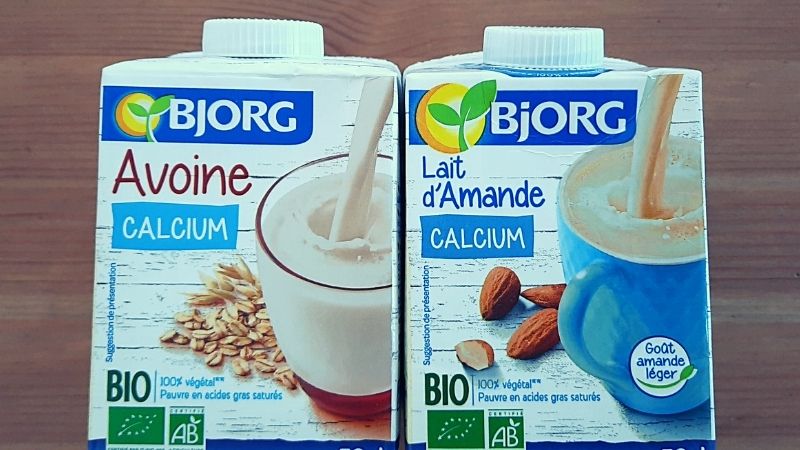
So, I have to confess that this has not become my habit yet. Indeed, I love coffee with substitute milks in cafés and at some vegan friends’ places. Yet at home majority of time I still go for cow milk. However, I keep trying and again. If this reduces my dairy consumption and thus carbon footprint even a little bit, it is worth the effort.
Cook new vegetarian meal without using pre-prepared food
My second-born, Max, also came out lately as a vegetarian and does not eat meat anymore. And even before his change of mind, I had started to cook almost exclusively vegetarian meals. Yet I always used pre-prepared ingredients, many of which are soy-based. In general, pre-prepared food is considered less healthy than cooking from scratch. And then there is also the problem of eating too much soy. I thus set a goal to cook more bean-based food and refrain from using pre-prepared ingredients that are often packed into single-use plastic. Instead of following recipes, and in order to avoid food waste and use my creativity, I like to improvise with what I have in fridge. The other day I came up with the salad on one of the featured photos, and with this meal, for instance:
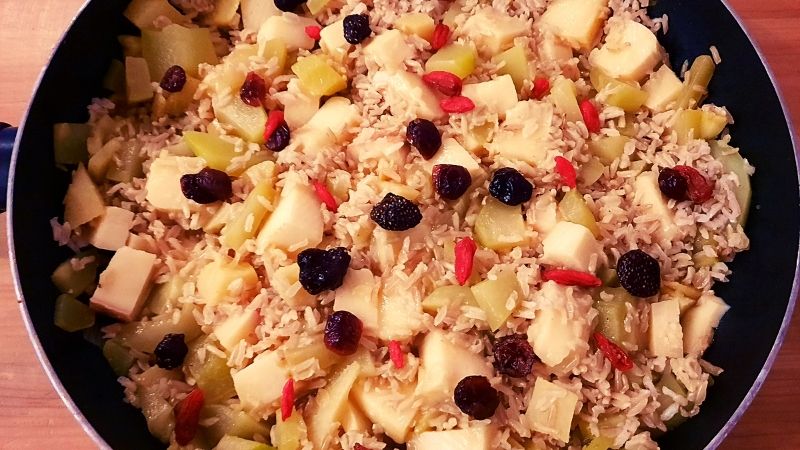
What made this objective challenging, however, was the fact that I was diagnosed few weeks back to have an extremely low level of ferritin (a blood protein that contains iron). If I do not get this up with next few months with iron supplements, I will need a transfusion. Thus, these days I have again been less motivated to explore vegetarian cooking. On top of this, I started to work full-time some weeks ago, which means I have less time for cooking and still need to opt for pre-prepared ingredients sometimes.
Switch to vegan yogurts, margarine, and cheese
This particular trial to become more eco-friendly with eating at home was almost a complete failure! I prepared well and bought a variety of products from the organic bulk store. For example, this margarine:
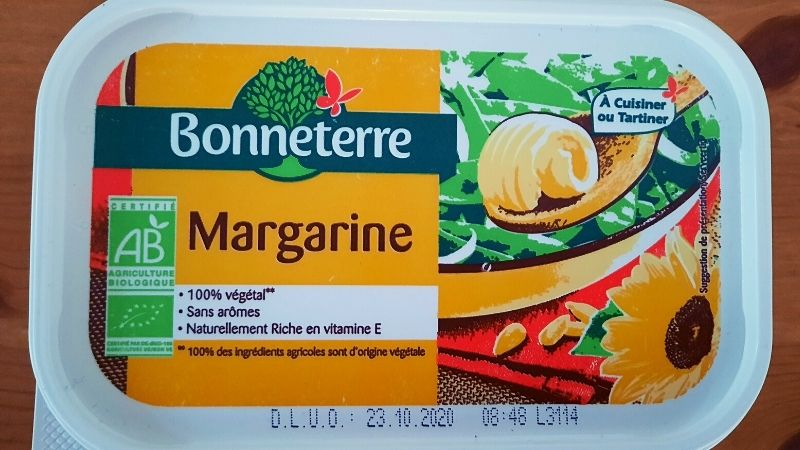
…and this alternative to cheese:
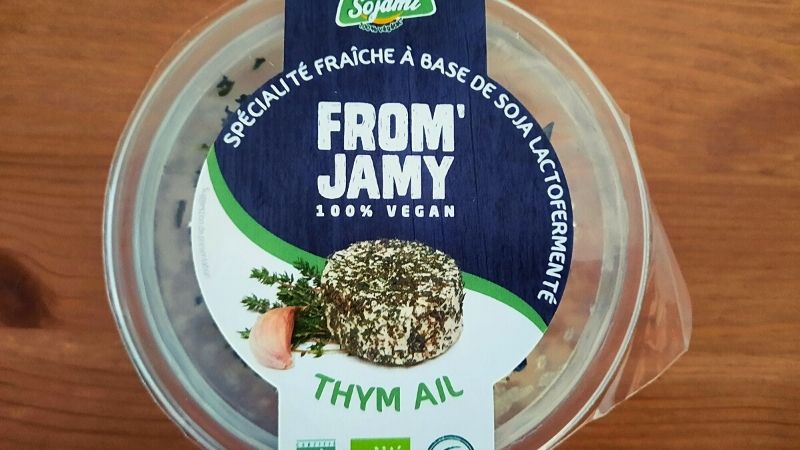
Personally, I did find the vegan cheese and margarine rather tasty. Yet the rest of the family, although happy with vegetarian food, love milk-based products and hated the alternatives. My oldest boy stated categorically: “I do not like the taste of this butter!” And with only me using it, soon more than half of the margarine had passed its expiration date. I have to admit, these experiences cooled my enthusiasm.
How to become more eco-friendly: eat food that is over best before
I love the suggestions by Sophie, gathered into the blog post: Eat Sustainably – 39 Hacks For Reducing Your Food Waste. One of these is to not throw away everything that has reached its “best before” date.
This, for sure, was THE most difficult habit to introduce out of the seven that I tried, for various reasons. First, I have had food poisoning because of expired food a few times, and I think these horrible experiences have kind of marked my mind so that I feel psychologically blocked when I try to eat anything beyond its “best before” date. Second, living in France, both “best before” and use-by-date start on the packaging the same way—“à consommer”. And somehow in my mind I did not make a distinction between these. Now, after having read about it, I will try to be more flexible when the packaging has “à consommer de préférence avant de.”
The area where I made most progress was fruits and veggies. Before, I used to throw these into the compost if they were not in the best shape, yet now I use them more in cooking. Progress, not perfection!
Bake things for kids’ snacks
This year nature has been very generous with apples, so I have been making this beautiful cake quite often lately.
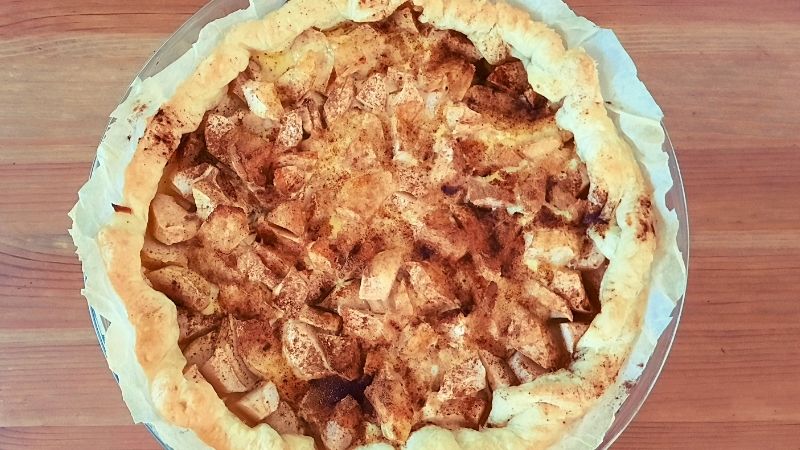
However, just when I had decided to start baking more for my kids, I also started working again 🙂 Now, I rarely see kids during snack time in the afternoon. There was still the morning snack they had to take to school, but this September we received a note that only fruits and unsweetened cereals are allowed… My glorious baking moments are thus more of an exceptional weekend thing.
Properly store food
Eat Sustainably – 39 Hacks For Reducing Your Food Waste has great suggestions about properly storing food. Did you know that you can store carrots and chopped apples in water? Do you know how to keep avocados fresh for longer? The blog post mentioned above is full of great hints.
This year, I have tried different ways of storing our great apple harvest. I failed at storing apples in the cellar, as I think our cellar is not dark or cold enough. Moreover, I did not know that I am not supposed to place apples on top of each other. So just few weeks later, quite a few had already gone bad… Another thing I tried was chopping apples into pieces and freezing these to use to make cakes, also in winter. And then there is also the way to conserve apples as my grandmother used to do – dry them and then use as snacks.
In your view, how to become more eco-friendly with eating at home? I would love to hear about the things that worked, as well as habits that you chose not to cultivate as part of your daily life.



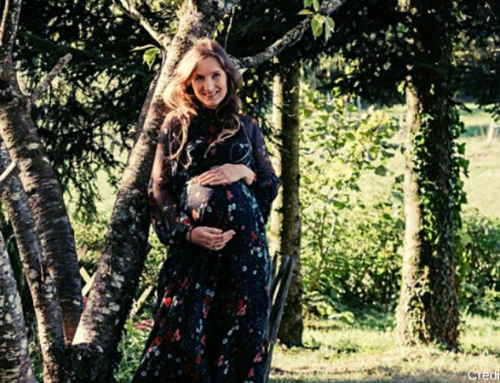

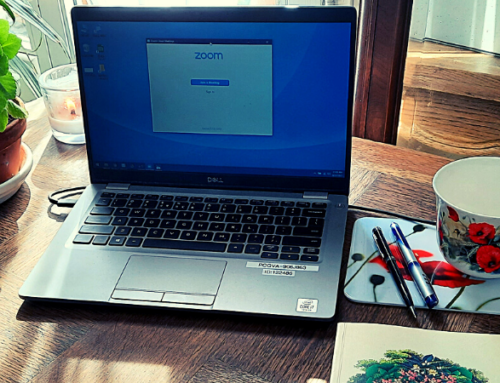
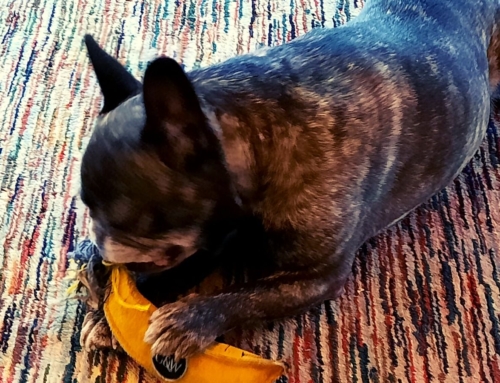
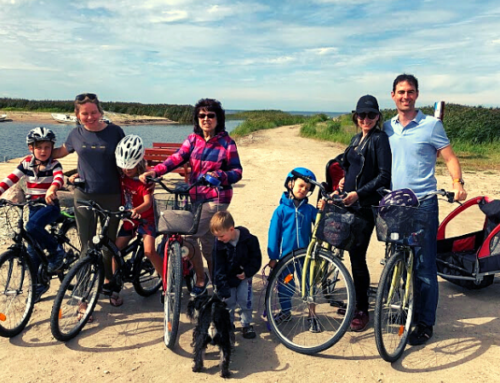
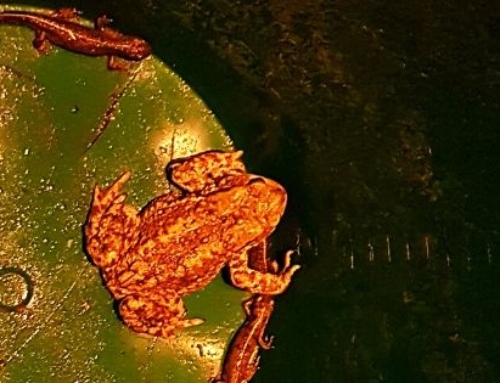
Leave A Comment